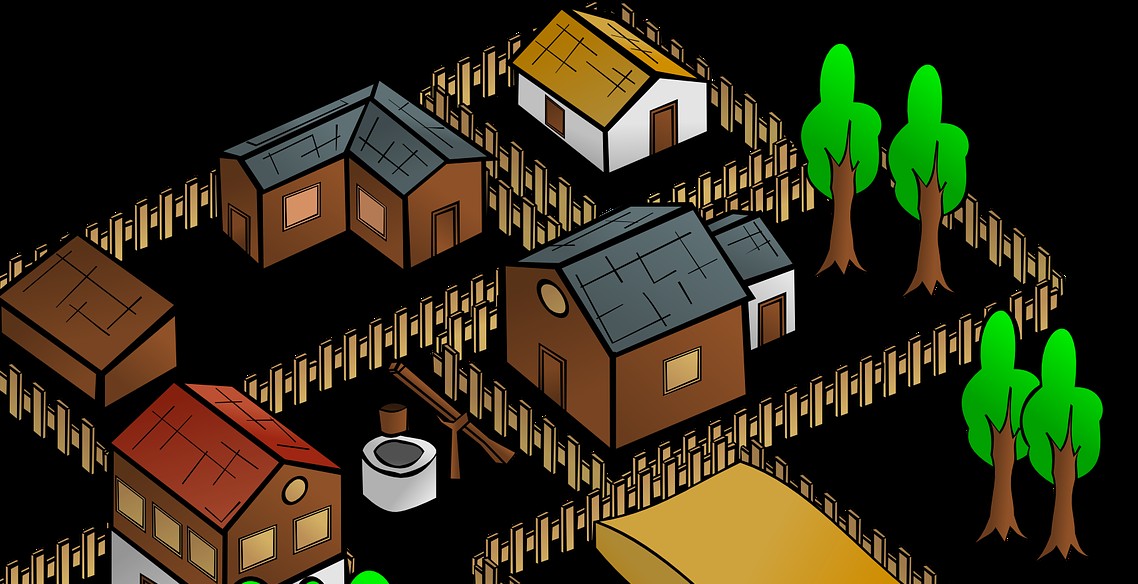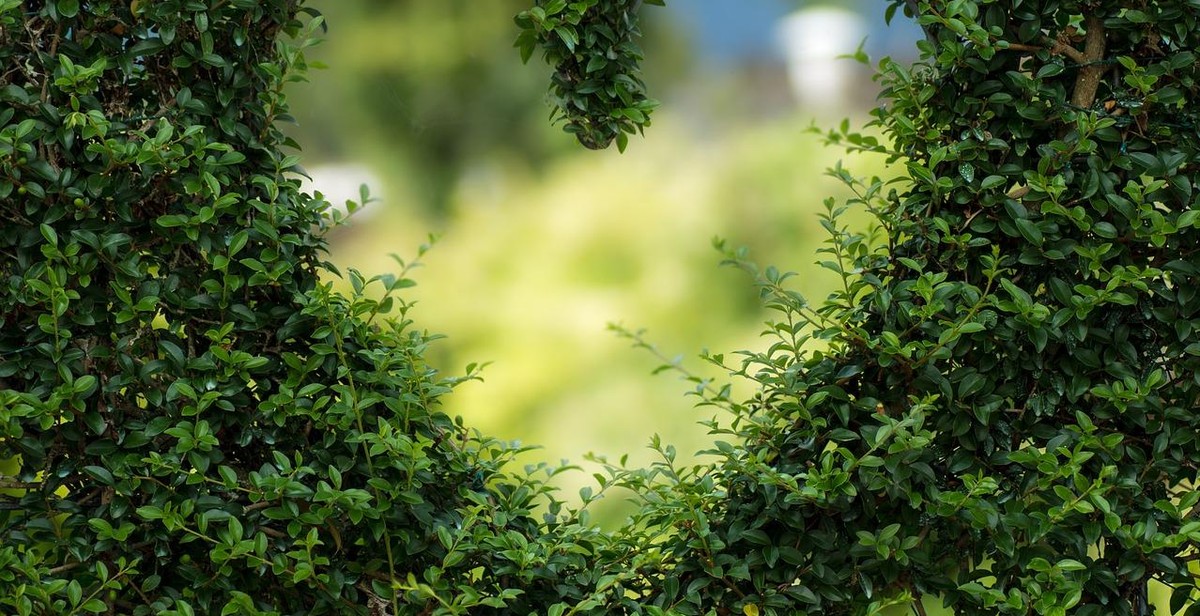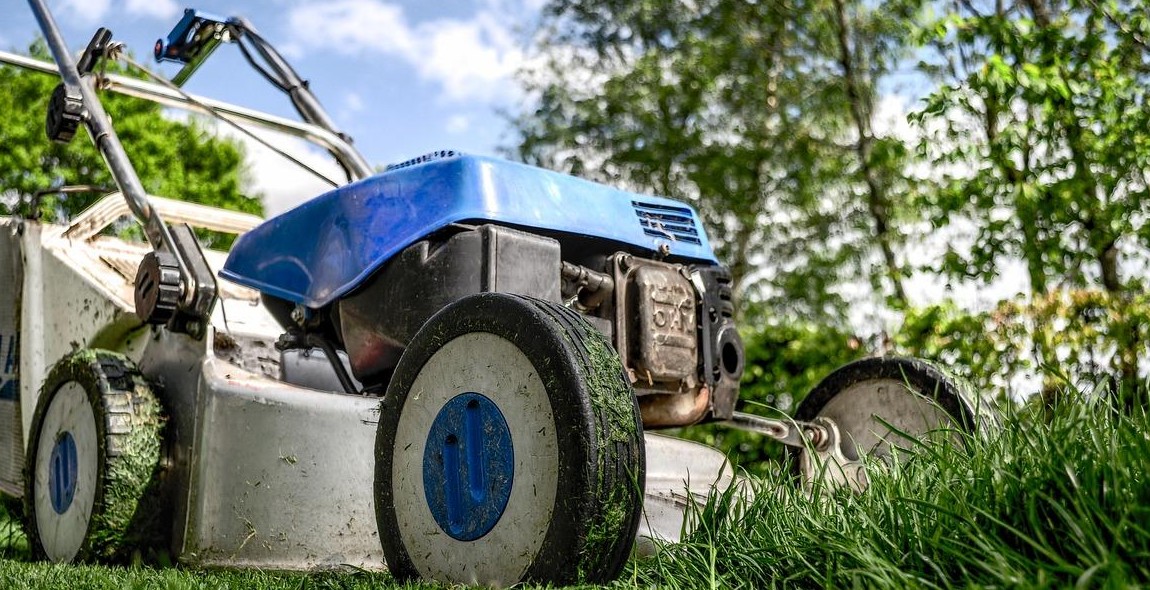How to Design a Garden: Planning and Planting Tips for a Beautiful Outdoor Space
Gardening is an excellent way to connect with nature and create a beautiful outdoor space. Whether you have a small balcony or a vast backyard, designing a garden can be a fun and rewarding experience. However, it can also be overwhelming, especially if you are new to gardening. In this article, I’ll share some tips and tricks on how to design a garden that will bring joy and beauty to your life.
Planning Your Garden
The first step in designing a garden is to plan it out. Consider the size and shape of your outdoor space, the amount of sunlight it receives, and the type of soil you have. Think about the purpose of your garden – do you want to grow vegetables, create a relaxing retreat, or attract birds and butterflies? Once you have a clear idea of what you want, draw a rough sketch of your garden and decide on the layout.
Choosing Plants
Choosing plants is one of the most exciting parts of designing a garden. However, it’s essential to choose plants that will thrive in your climate and soil conditions. Consider the height, color, and texture of the plants, as well as their water and light requirements. Don’t forget to include a mix of perennials and annuals for year-round interest.
Planting Your Garden
When it’s time to plant, make sure to give each plant enough space to grow and consider their mature size. Use high-quality soil and fertilizer to give your plants the best start possible. Water regularly and mulch to retain moisture and prevent weeds.
By following these tips and putting your own personal touch on your garden, you can create a beautiful and thriving outdoor space that you can enjoy for years to come.

Assessing Your Space
Before you start planning your garden, it is important to assess your space. This will help you determine what will grow well in your area and how to best utilize the available space.
Size and Shape
The size and shape of your garden will determine how many plants you can grow and how they will be arranged. A small garden can be just as beautiful as a large one, but it will require careful planning to ensure that every plant has enough space to grow. Consider the shape of your garden as well. A rectangular garden can be divided into smaller sections, while a circular garden can be used to create a focal point in the center.
Sun and Shade
The amount of sun and shade your garden receives will also impact what you can grow. Most plants require at least six hours of sunlight a day, so if your garden is mostly shaded, you will need to select shade-loving plants. On the other hand, if your garden receives a lot of direct sunlight, you will need to choose plants that can tolerate the heat.
To determine how much sun and shade your garden receives, spend a day observing the area. Take note of the areas that receive direct sunlight and those that are shaded throughout the day. You can also use a sun calculator to determine the amount of sunlight your garden receives.
Soil Type
The type of soil in your garden will also impact what you can grow. Some plants prefer sandy soil, while others thrive in clay or loamy soil. To determine your soil type, take a handful of soil and squeeze it. Sandy soil will fall apart easily, while clay soil will stick together. Loamy soil will hold its shape but crumble easily.
| Soil Type | Plant Preferences |
|---|---|
| Sandy | Cacti, succulents, lavender, rosemary |
| Clay | Sunflowers, dahlias, delphiniums, hostas |
| Loamy | Tomatoes, peppers, cucumbers, beans |
- If your soil is sandy, consider adding organic matter such as compost or peat moss to improve water retention.
- If your soil is clay, add organic matter to improve drainage and prevent waterlogging.
- If your soil is loamy, you are in luck! This type of soil is ideal for growing a wide variety of plants.
By assessing your space for size and shape, sun and shade, and soil type, you can determine what plants will grow best in your garden. This will help you create a beautiful and thriving outdoor space that you can enjoy for years to come.

Planning Your Design
Designing a garden is an exciting project that can help you create a beautiful outdoor space that reflects your personality and lifestyle. However, before you start digging and planting, it’s important to plan your design carefully. Here are some tips to help you get started:
Choose a Style
One of the first things you should do when planning your garden design is to choose a style. There are many different styles to choose from, including formal, informal, cottage, Japanese, and Mediterranean, among others. Each style has its own unique characteristics and can help you create a specific mood or atmosphere in your garden.
When choosing a style, think about your personal preferences, the architecture of your home, and the climate and soil in your area. For example, if you live in a hot and dry climate, a Mediterranean-style garden may be a good choice, as it features plants that are well-suited to these conditions.
Create a Layout
Once you’ve chosen a style, the next step is to create a layout for your garden. This involves deciding where to place different features, such as paths, seating areas, water features, and planting beds. You may want to sketch out a rough design on paper or use a garden design software program to help you visualize your ideas.
When creating your layout, consider factors such as sunlight, shade, wind, and drainage. For example, you may want to place a seating area in a sunny spot, while planting beds may be better located in areas that receive partial shade. You may also want to consider the views from different parts of your garden and how to create focal points or visual interest.
Select Plants
Finally, it’s time to choose the plants for your garden. Consider the style of your garden and the conditions in your area when selecting plants. You may want to choose a mix of annuals, perennials, shrubs, and trees to create a diverse and interesting garden.
When selecting plants, consider factors such as color, texture, and height. You may also want to think about the bloom time of different plants to ensure that your garden looks its best throughout the growing season. Additionally, consider the maintenance requirements of different plants, as some may require more care than others.
| Tip: | Consider choosing native plants that are well-suited to your area, as they will be more likely to thrive and require less maintenance than non-native plants. |
|---|
By following these tips, you can create a garden design that reflects your personal style and enhances the beauty of your outdoor space.

Planting Your Garden
Planting a garden can be a fun and rewarding experience, but it requires careful planning and preparation. Here are some tips to help you plant your garden successfully:
Prepare the Soil
The first step in planting a successful garden is to prepare the soil. Start by removing any weeds, rocks, or other debris from the area where you plan to plant. Then, use a garden fork or tiller to break up the soil and loosen any compacted areas. If your soil is heavy, add organic matter such as compost or well-rotted manure to improve drainage and fertility.
It’s also important to test your soil’s pH level to ensure it’s suitable for the plants you want to grow. Most plants prefer a pH level between 6.0 and 7.0, but some, such as blueberries and azaleas, prefer a more acidic soil. You can purchase a soil testing kit at your local garden center or online.
Planting Techniques
When it comes to planting your garden, there are a few techniques you can use to ensure your plants thrive:
- Spacing: Make sure to space your plants according to their mature size and growth habits. Overcrowding can lead to poor air circulation and disease.
- Depth: Plant your seeds or seedlings at the appropriate depth. As a general rule, plant them at a depth equal to twice their diameter.
- Watering: Water your plants immediately after planting, and continue to water them regularly until they become established. Be careful not to overwater, as this can lead to root rot.
It’s also a good idea to mulch around your plants to help retain moisture and suppress weeds.
Water and Fertilizer
Proper watering and fertilization are essential for a healthy garden. Most plants require about an inch of water per week, either from rainfall or irrigation. Be sure to water deeply and infrequently, rather than shallowly and frequently, to encourage deep root growth.
When it comes to fertilization, there are many options available, including organic and synthetic fertilizers. It’s important to follow the instructions on the package and not to over-fertilize, as this can lead to burnt plants or water pollution. Some plants, such as tomatoes and roses, benefit from regular fertilization throughout the growing season.
By following these planting tips, you can create a beautiful and productive garden that will provide you with fresh produce, colorful flowers, and a peaceful outdoor retreat.

Maintaining Your Garden
Once you’ve designed and planted your garden, it’s important to maintain it to keep it looking beautiful. Here are some tips for keeping your garden healthy:
Weeding and Pruning
Weeds can quickly take over your garden, so it’s important to pull them out as soon as you see them. Regular pruning of your plants will also help keep them healthy and looking their best. Use sharp pruning shears to make clean cuts and avoid damaging the plant.
Pest and Disease Control
Keep an eye out for pests and diseases that can damage your plants. Early detection is key, so inspect your plants regularly. If you do find pests or signs of disease, take action immediately. There are many organic and chemical options for controlling pests and diseases, so choose the one that’s best for your garden.
Seasonal Care
Your garden will require different care depending on the season. In the spring, focus on planting and fertilizing. In the summer, make sure your plants are getting enough water and provide shade for those that need it. In the fall, start preparing your garden for winter by cleaning up debris and protecting your plants from frost. In the winter, focus on pruning and planning for the next growing season.
| Weeding and Pruning | Pest and Disease Control | Seasonal Care |
|---|---|---|
| Regularly pull out weeds and use sharp pruning shears to maintain healthy plants | Inspect plants regularly for pests and diseases and take action immediately | Adjust care based on season, such as planting and fertilizing in the spring and preparing for winter in the fall |
